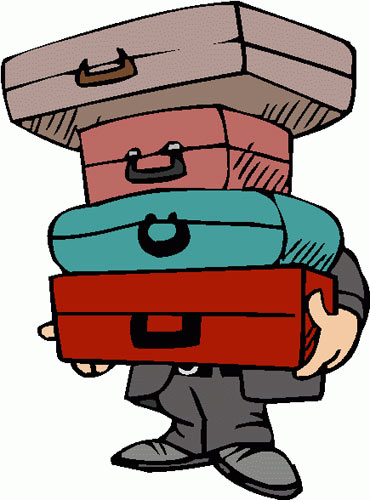
Although The strong dollar is encouraging Americans to venture abroad in search of bargains, stealthy fees and bad deals on exchange rates could still drive up the cost of swapping dollars for foreign currency.
Credit cards. Use plastic whenever possible; you will get a better exchange rate than at an ATM or exchange bureau. Recently, for example, the exchange rate through Visa was
A lot of credit cards still charge a foreign-transaction fee, typically 3% of your purchase. But the number of no-fee cards has risen in recent years. Four major issuers--Capital
It's also useful to have a credit card that has a smart chip (a built-in microprocessor that provides an extra level of security) and that uses a personal identification number instead of a signature to verify your purchase. These cards are more widely used in
Most major retailers and hotels abroad will accept your magnetic-stripe card or one that has a chip but only requires your signature. But the card may not work at some self-service gas stations and automated ticket kiosks, says
When you make credit card purchases, some retailers may ask if you want to pay in dollars instead of the local currency. That's never a good deal, says
Cash. When you need pocket money, use your debit card at a bank ATM. You'll get a much more favorable exchange rate than those offered by foreign-exchange bureaus. You may be able to avoid out-of-network fees by using ATMs owned by your bank or its overseas partners. Some accounts, such as Schwab Bank High-Yield Investor Checking, refund all ATM fees.
Beware, though, of exchange bureaus that masquerade as ATMs. Increasingly, ATMs at major European airports are run by retail foreign-exchange outlets, such as Travelex, Perkins says. The signs on the ATMs promote free withdrawals, but you'll pay a much higher exchange rate than you'd get from a bank ATM, he says.
Before you leave home, check your bank's ATM locator. Visa's and
Comment by clicking here.
Sandra Block is a senior associate editor for Kiplinger's Personal Finance. .



 Contact The Editor
Contact The Editor
 Articles By This Author
Articles By This Author